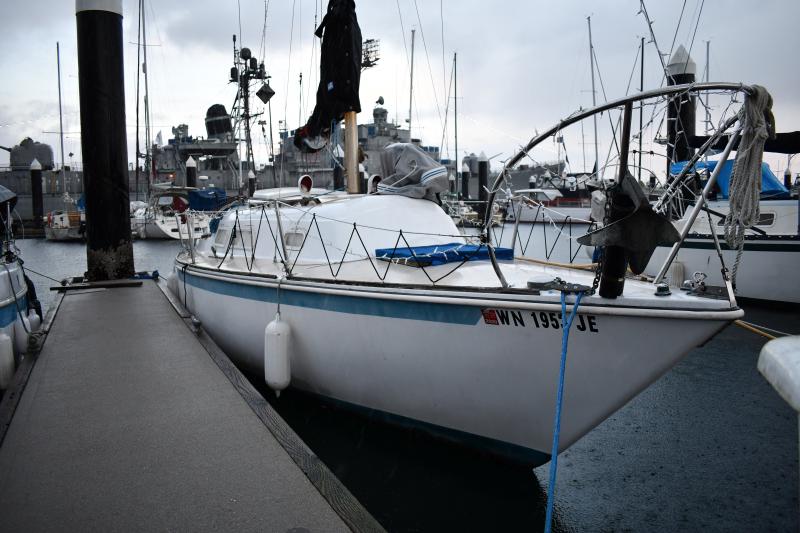Introduction
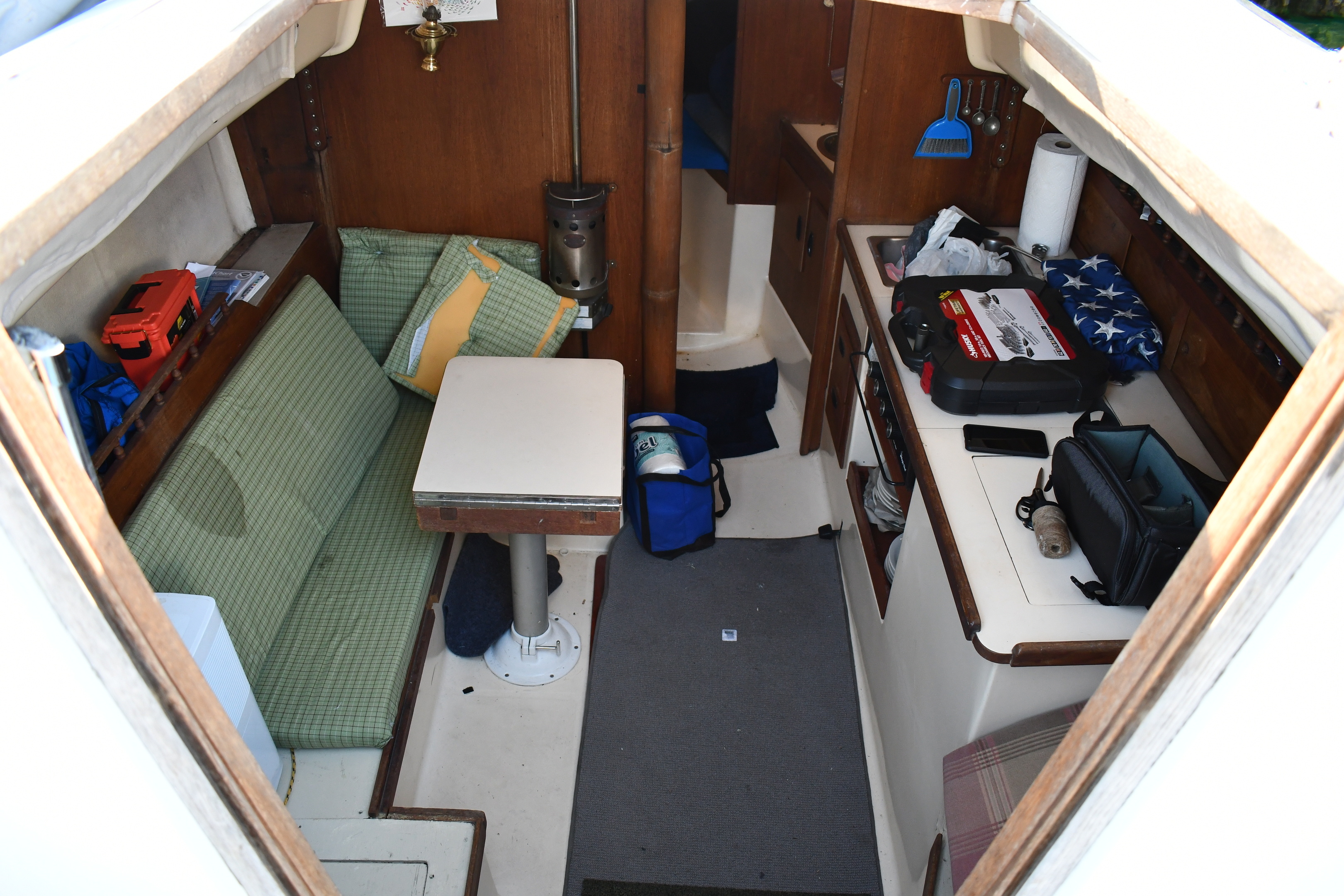
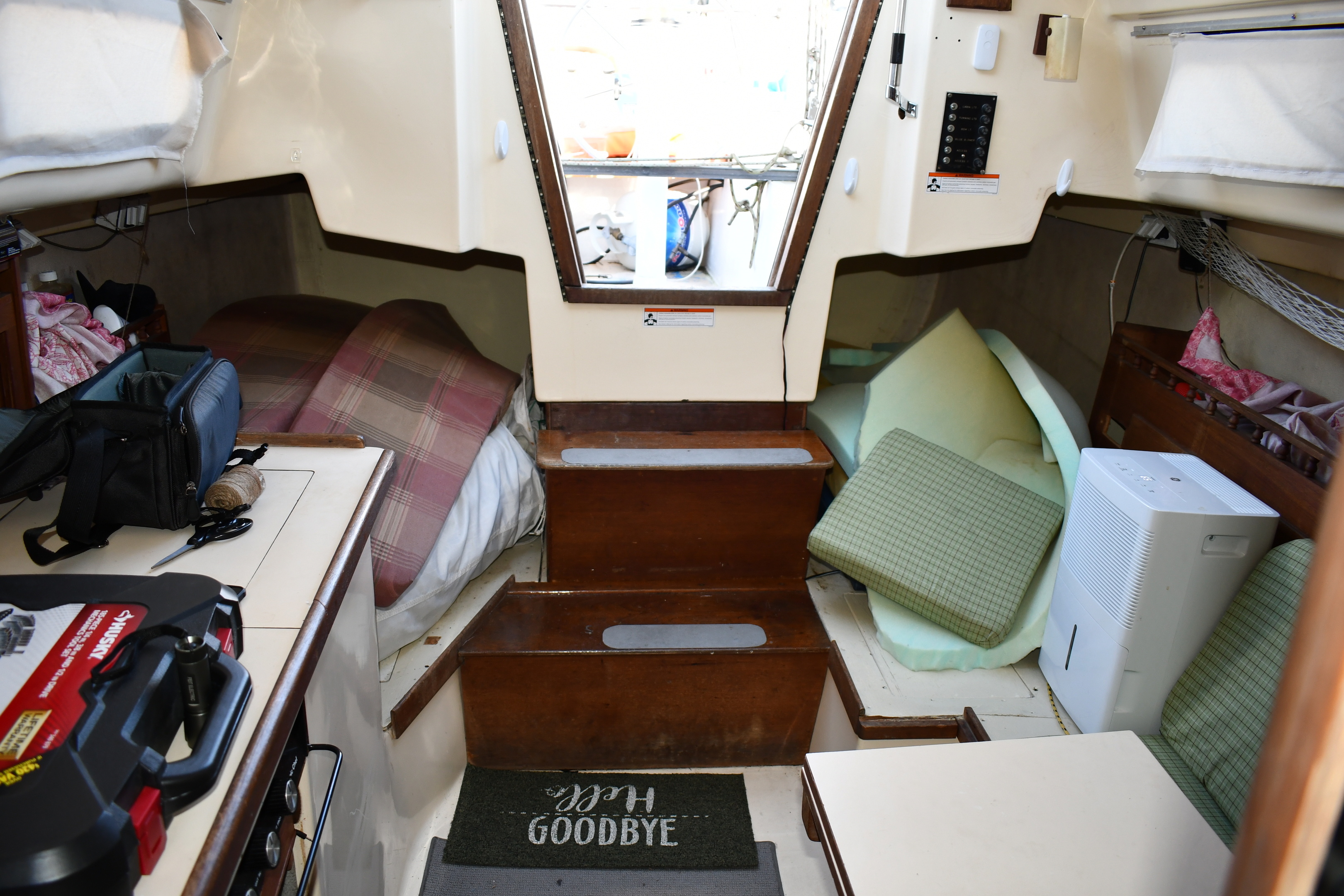
There was a point that I knew that I wanted to live on a sailboat. It was a bit of a mix of looking into alternative living arrangements for the sake of money, but also the idea of the freedom of being able to move around and see the world on my own timeline. Like if I wanted to spend only a few days somewhere or a couple of months then that was more up to me and how I felt about it. I originally started looking into the whole thing more than a decade ago while I was living in the Bay Area. Unfortunately that would never really work out, nor did I even get a boat until much later. Life happens and ended up putting it off for quite some time. Mostly just because I needed to make sure that I had a good place for my kids to grow up. We ended up moving to Seattle, and after some years started looking into the idea of a sailboat again.
So I started looking at boats in earnest, and found a lovely little 27 foot 1976 O’Day sailboat that was listed for free on craigslist in Bremerton WA. So I went and looked at it, and since I knew nothing at the time was just excited by the prospect. The owner was leaving the area and really couldn’t keep up with the boat, and it needed a variety of different things. I had the means that time and was like what better way to learn about a sailboat than to get a project boat.
1976 O’Day 27 Sloop
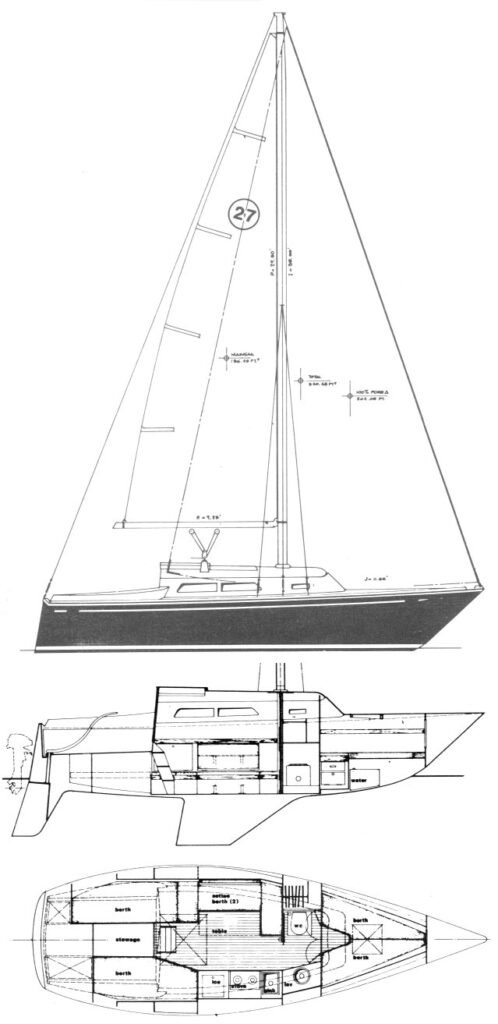
Over the 7-year period that these were being built, around 720 were made. So they were a fairly popular boat
overall. This particular model O’Day was designed by Alan P. Gurney, who was a very renowned architect and sailor.
This particular model was fairly well setup. It had a standard V-Berth that was decent size, a 20 gallon water tank
was under the V-Berth. A very small head, and in this one’s case was just a porta potty and a kind of goofy sink.
The main salon area had a bench seat with a fold down table, a small but functional galley and 2 quarter berths. It
still managed to have lockers in the cockpit that were reasonably sized. The keel was encapsulated and was filled
with lead. The boat design and numbers seemed to imply that it would be a pretty good sail around the Puget sound
without too much issue and spend several days on the boat. It really wasn’t a good setup for specifically living on
it. There were some design issues with the boat.
The Haulout and Survey
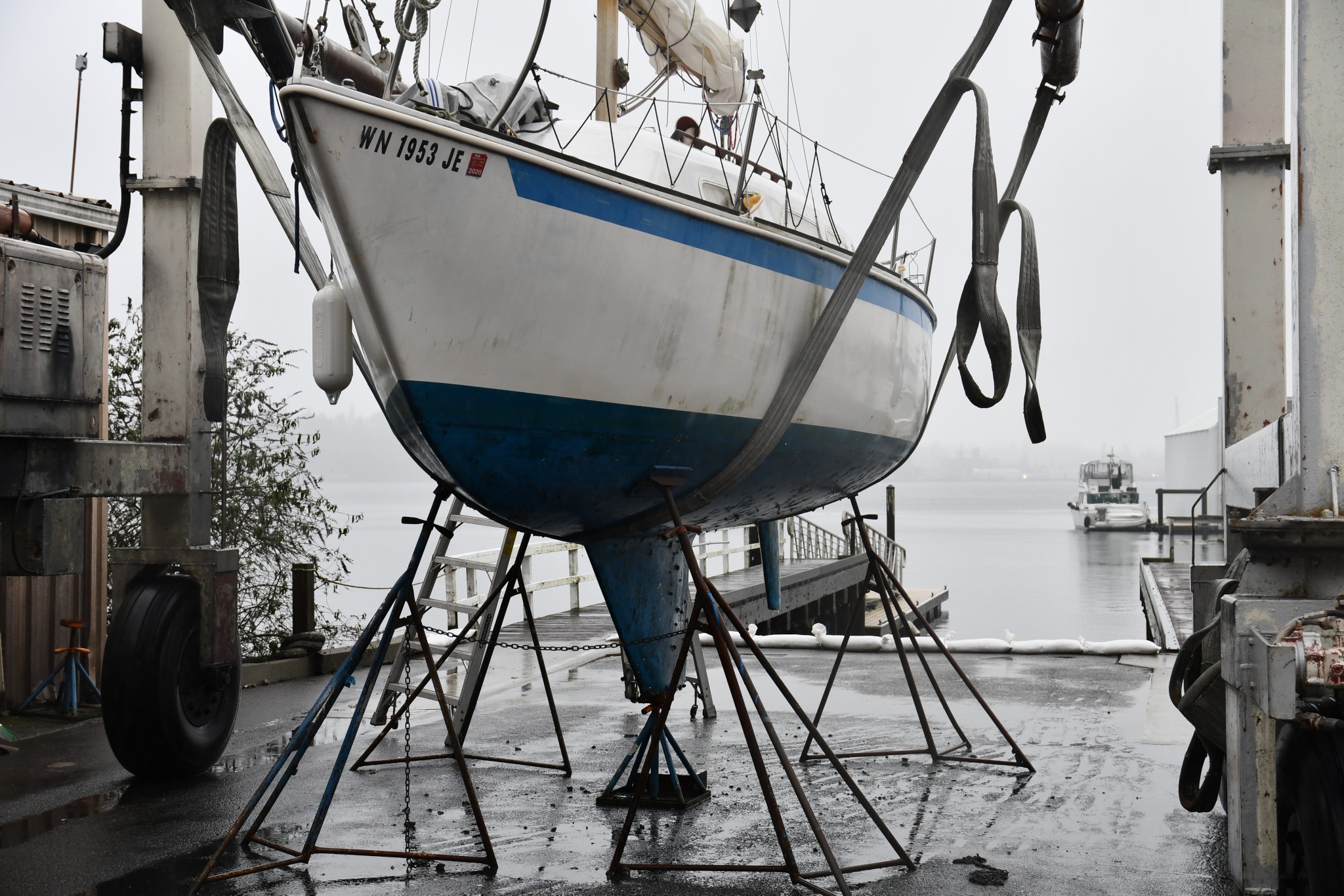
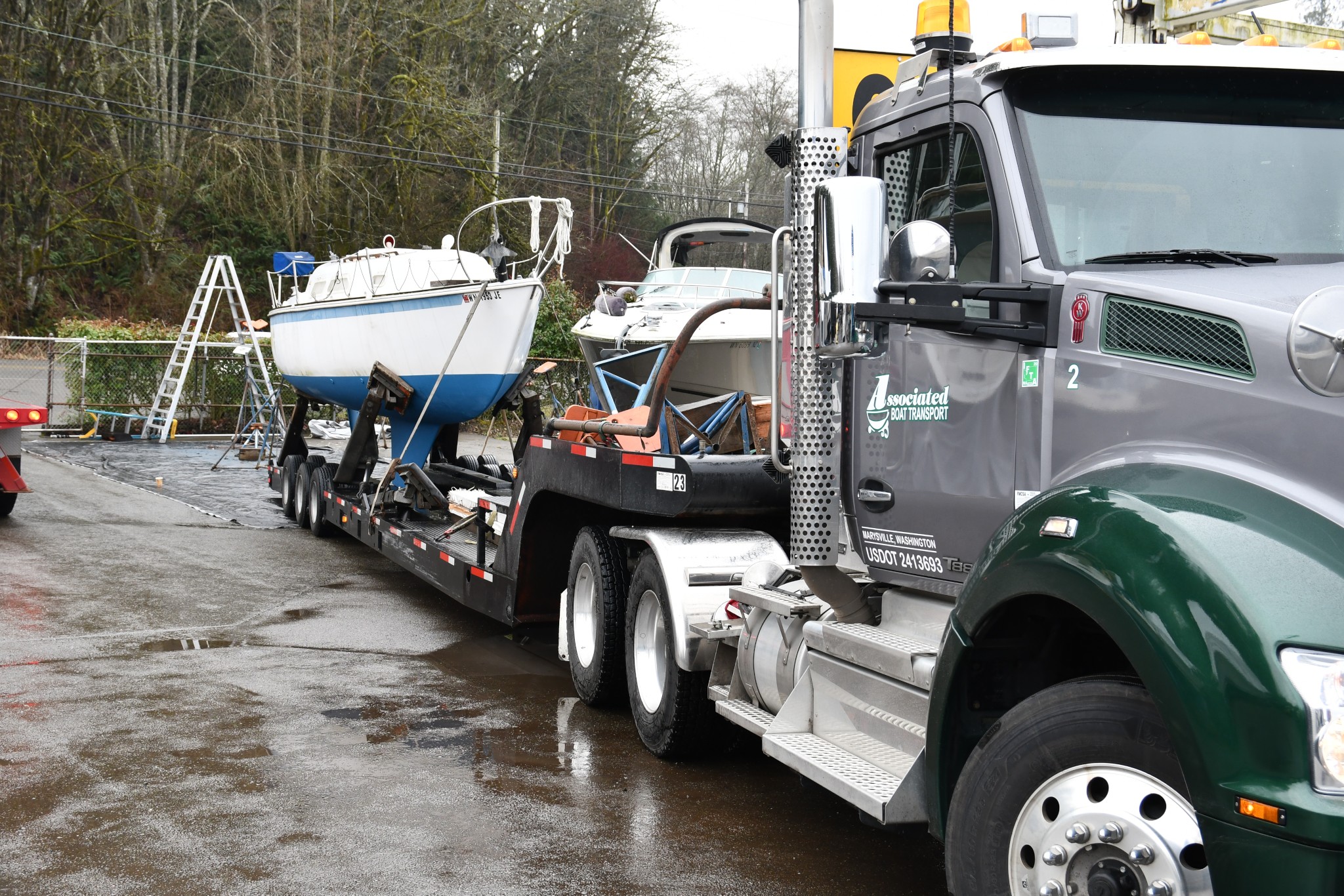
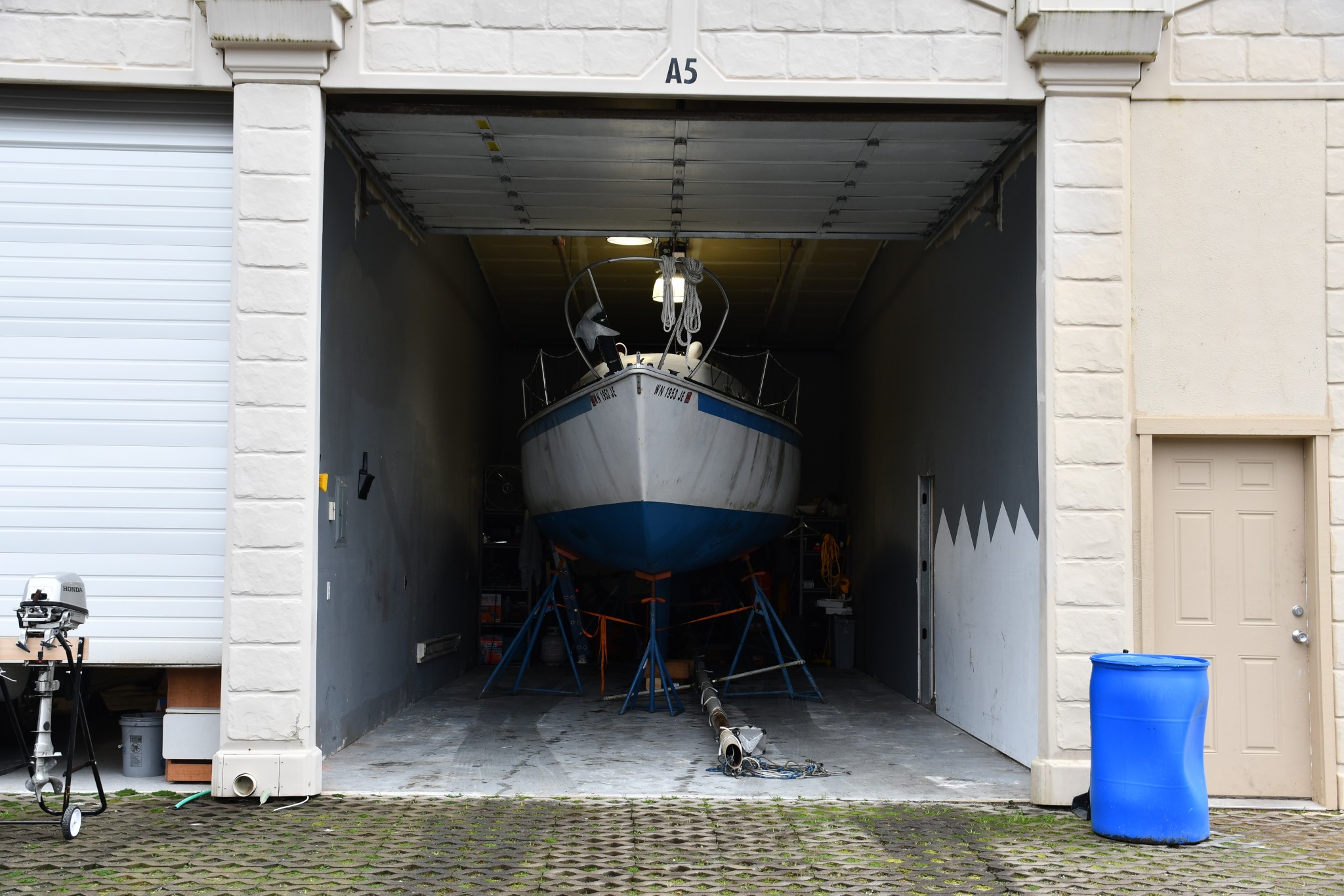
Since this was really my first sailboat, and since I didn’t know that much at the time I did decide that it would be prudent to get a survey done on the boat. The surveyor at the end basically said that overall it wasn’t bad, but there were some pretty serious areas that needed to be addressed. A point to consider with boat surveys is that they are not going to catch everything, but it is still helpful to have a second pair of eyes really going over the boat. The only real exception that I wouldn’t take a survey on is a very simple boat, or one that I could spend considerable time on before purchasing.
At this point I had the boat loaded on a truck and moved into a climate controlled garage with power that I was renting. That worked out really well overall especially for a project like this. I would say that if someone was working on a boat and could move it even under a protected canopy of some sort it would make working on the boat immensely better experience. I used Associated Boat Movers to move the boat to the storage. I couldn’t recommend them highly enough, extremely professional. The driver was very skilled and was able to really maneuver the boat into the garage given the limitations due to the proximity of the other garages.
Preparation
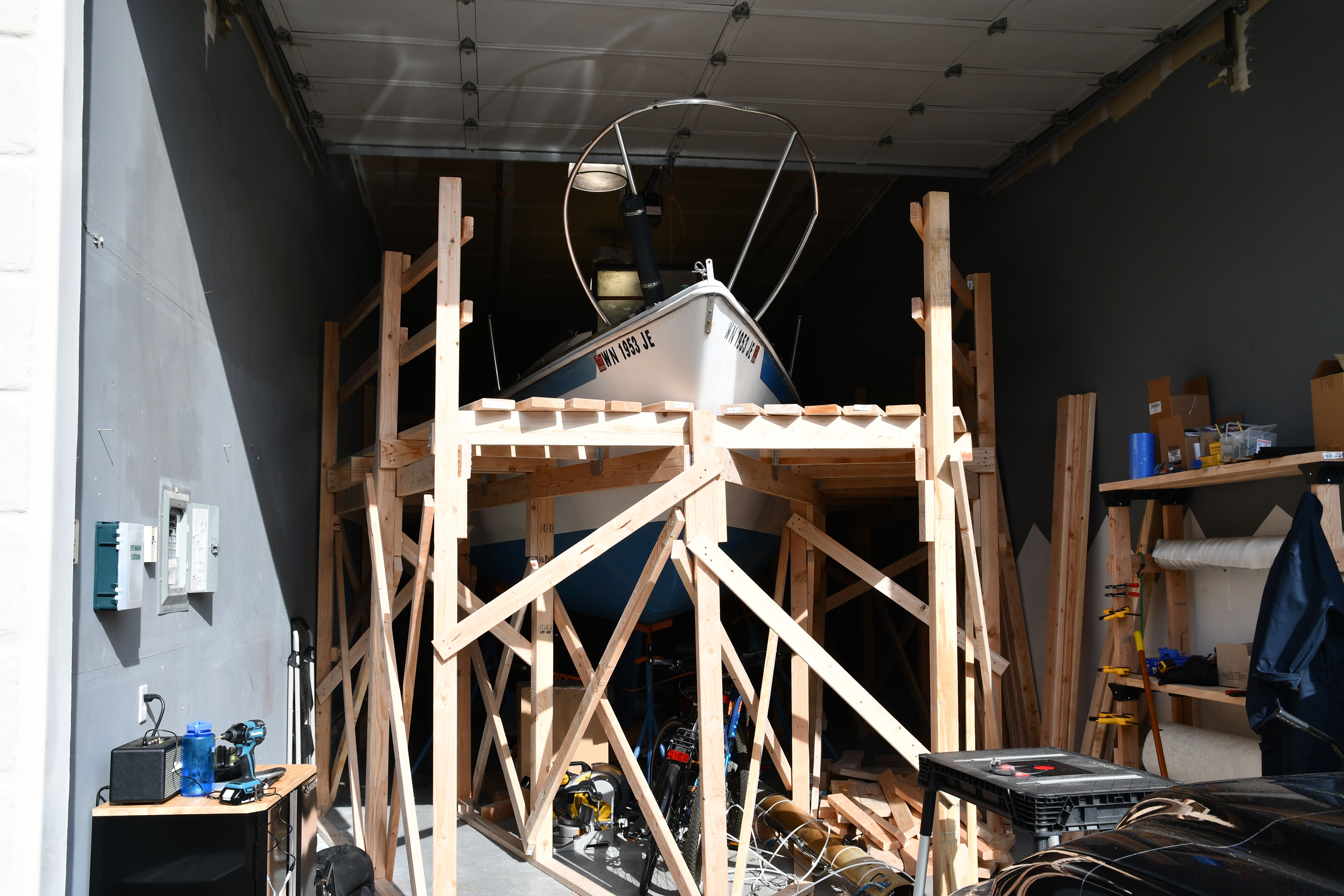
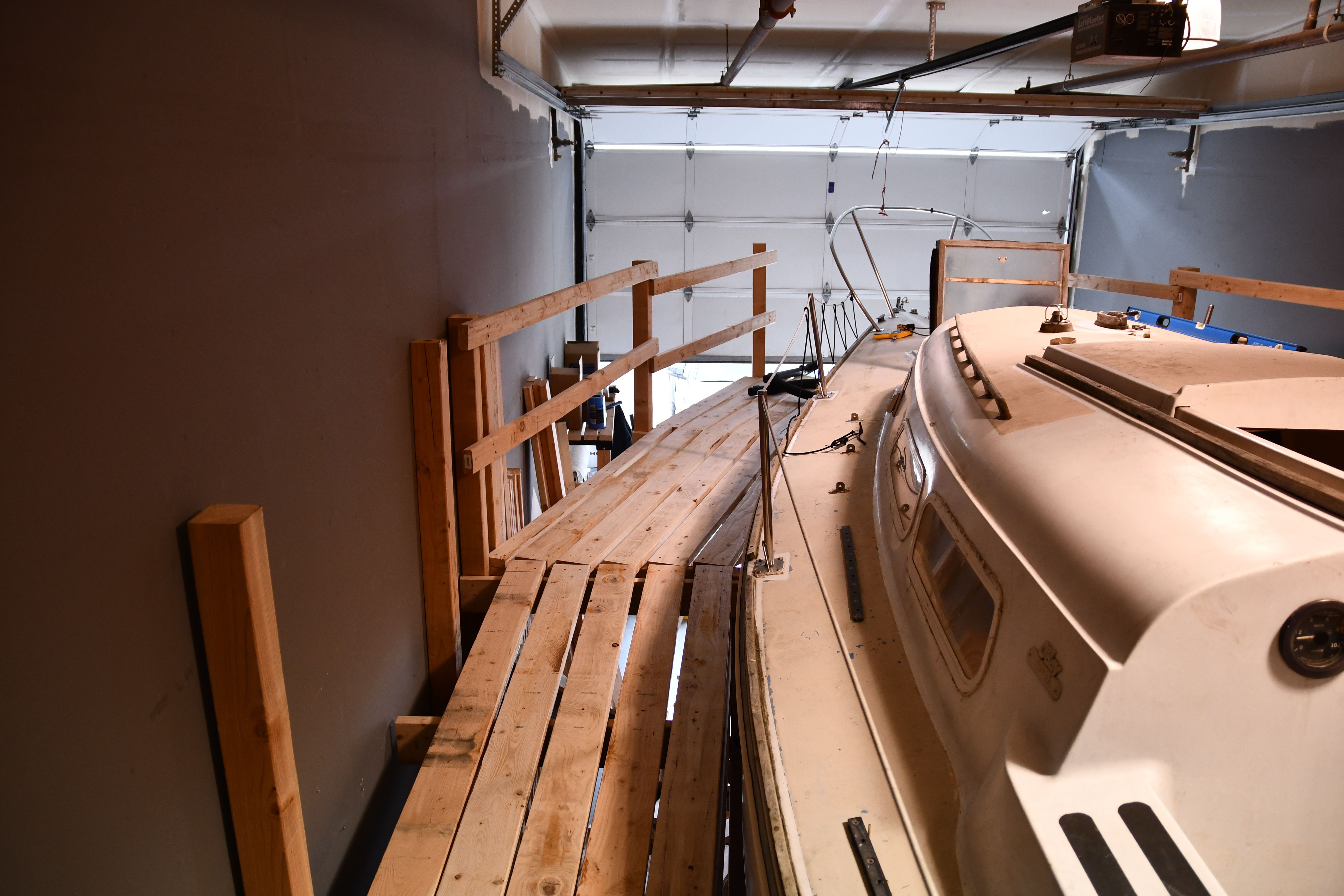
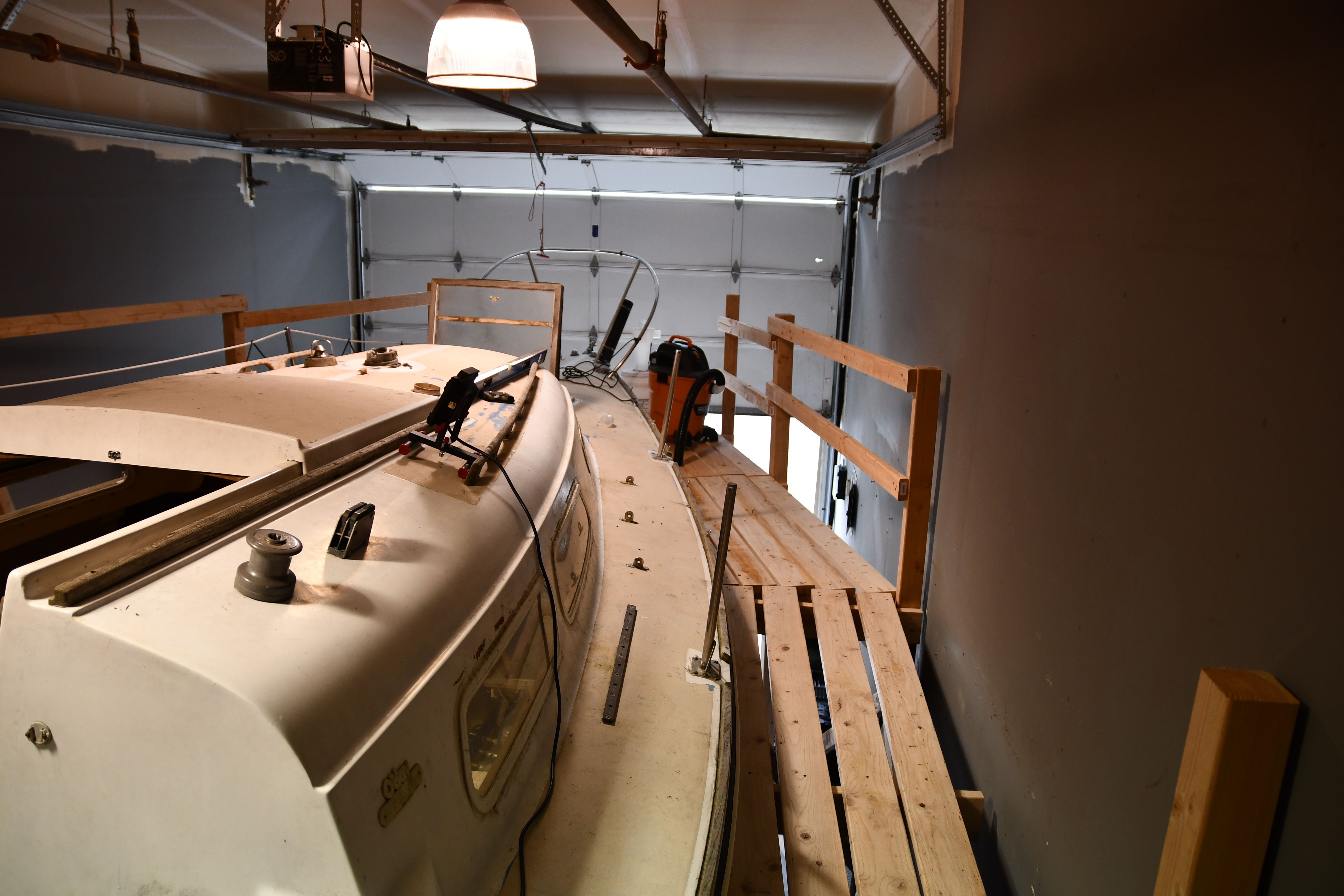
It is interesting to me that lot of people who work on sailboats on the hard don’t put a lot of stock into what happens if you fall off the boat. I mean OSHA Fall Protection is actually required for heights above 5ft in a shipyard. Working on pretty much any sailboat with a fixed keel on stands is going to far exceed that height requirement. I suppose there is some regard to the fact that most sailboats are going to have some sort of lifelines that should generally protect you. I was already planning on removing everything off the deck and interior including the lifelines. I also feel like lifelines on the sailboat are not good enough while on the hard to act as a fall restriction, given how high they typically are. So the alternatives would be to setup and use a jackline and harness while the sailboat is on the hard, or build a platform/deck/scaffolding around the boat. Given how I was going to be working on this boat it seemed like a better idea to build scaffolding around the boat. I built basically a freestanding deck around the boat, so no part of the wooden scaffolding is actually connected to the walls or to the boat. It worked out exceptionally well and gave me a lot more free room to access the areas I needed to, I could keep some tools on the platform. It really made a huge difference to working on the boat. If anyone else is doing a large amount of work like this, it would be a great idea to build something like the scaffolding. If nothing else the added safety alone is worth it.
Deck Moisture
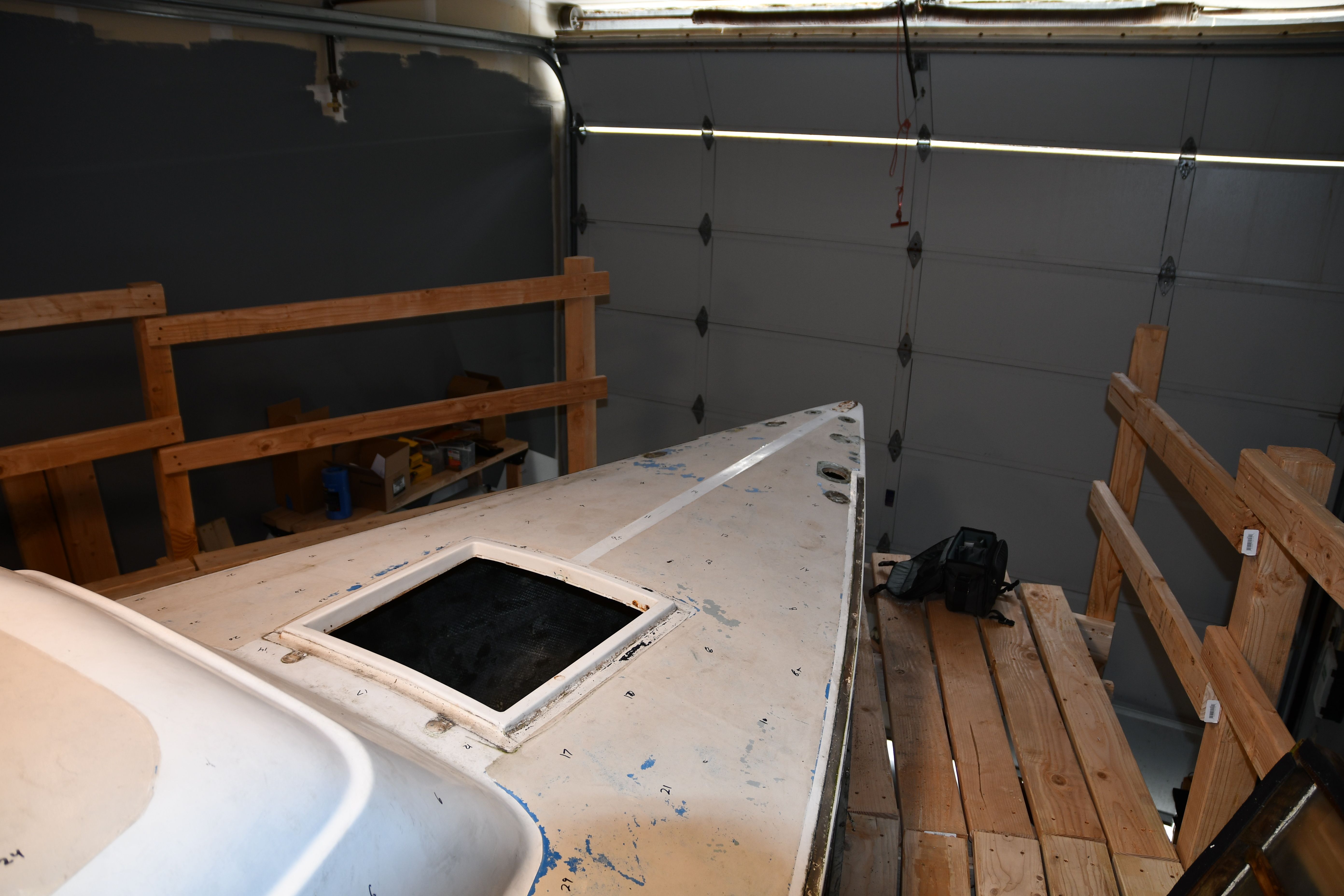
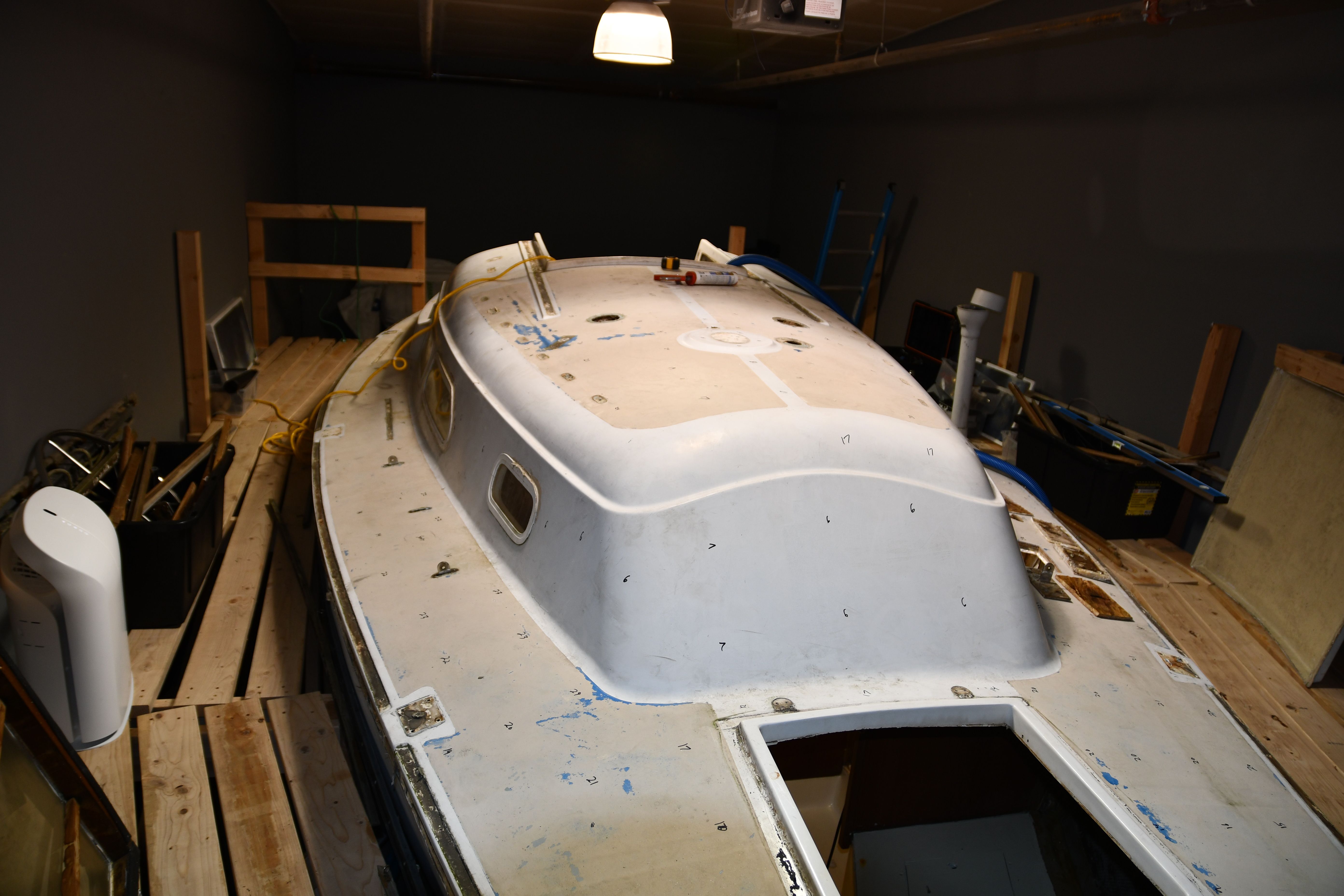
One of the issues with using a surface or non-penetrating moisture meter is that they are not the most accurate to begin with, and even less so with fiberglass. So figuring out where there might be water or moisture in the core of a fiberglass boat is a challenge generally speaking. A good tip I picked up from Andy over at boatworks today was that if you are planning on refinishing the deck, then you can take measurements all over and just write them directly on the deck. This makes it easier to see the areas where there are relative differences in the readings. This provides a place to start looking more into if there is water there. This is in addition to noticeable soft spots on the deck which should always be checked for. Also it is probably a good idea to check the areas of concern with a small hole and see if there is moisture at that location. There were a few areas I opened up on this boat where water had collected and after opening up a spot, water was running out from there.
Corrosion and Access
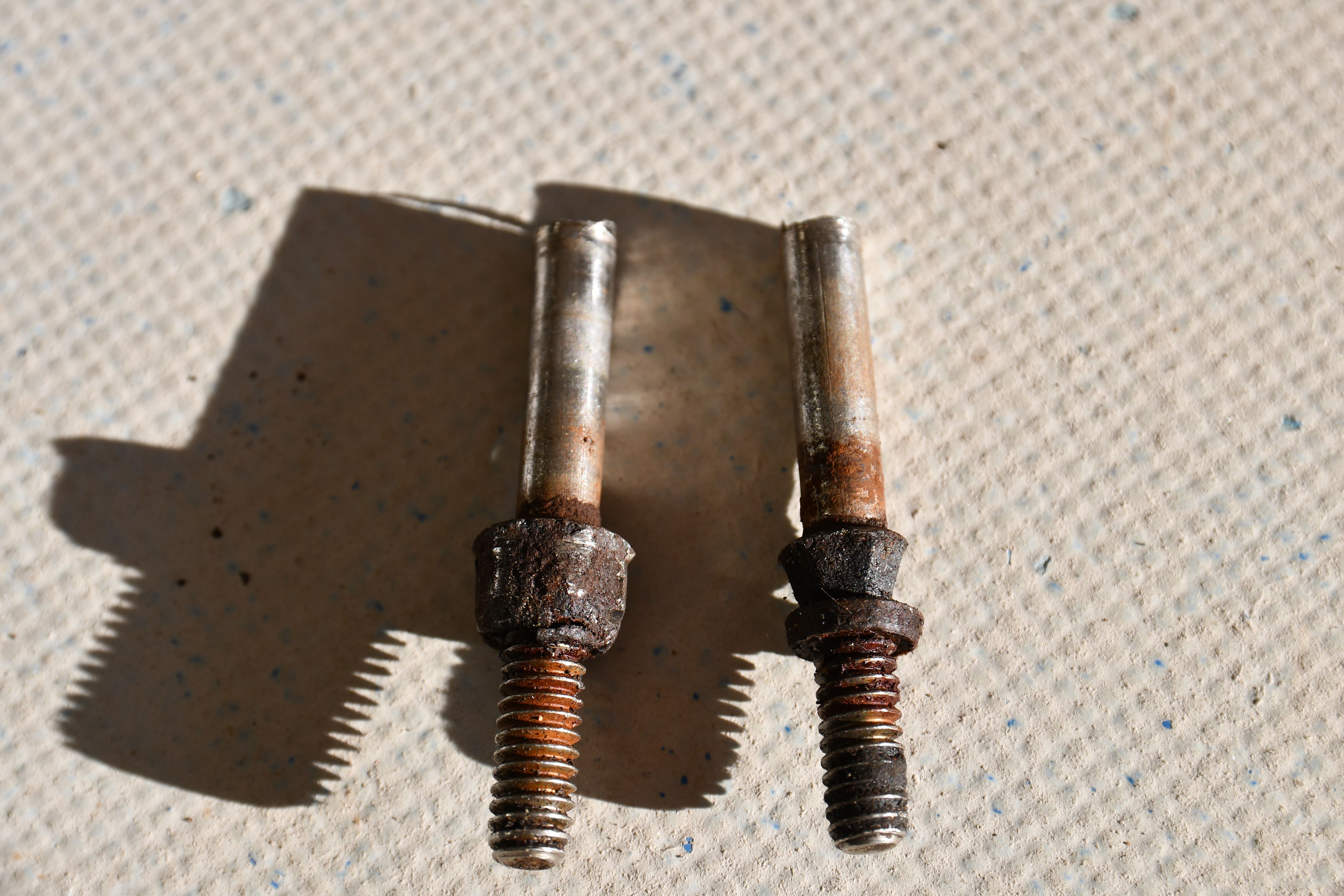
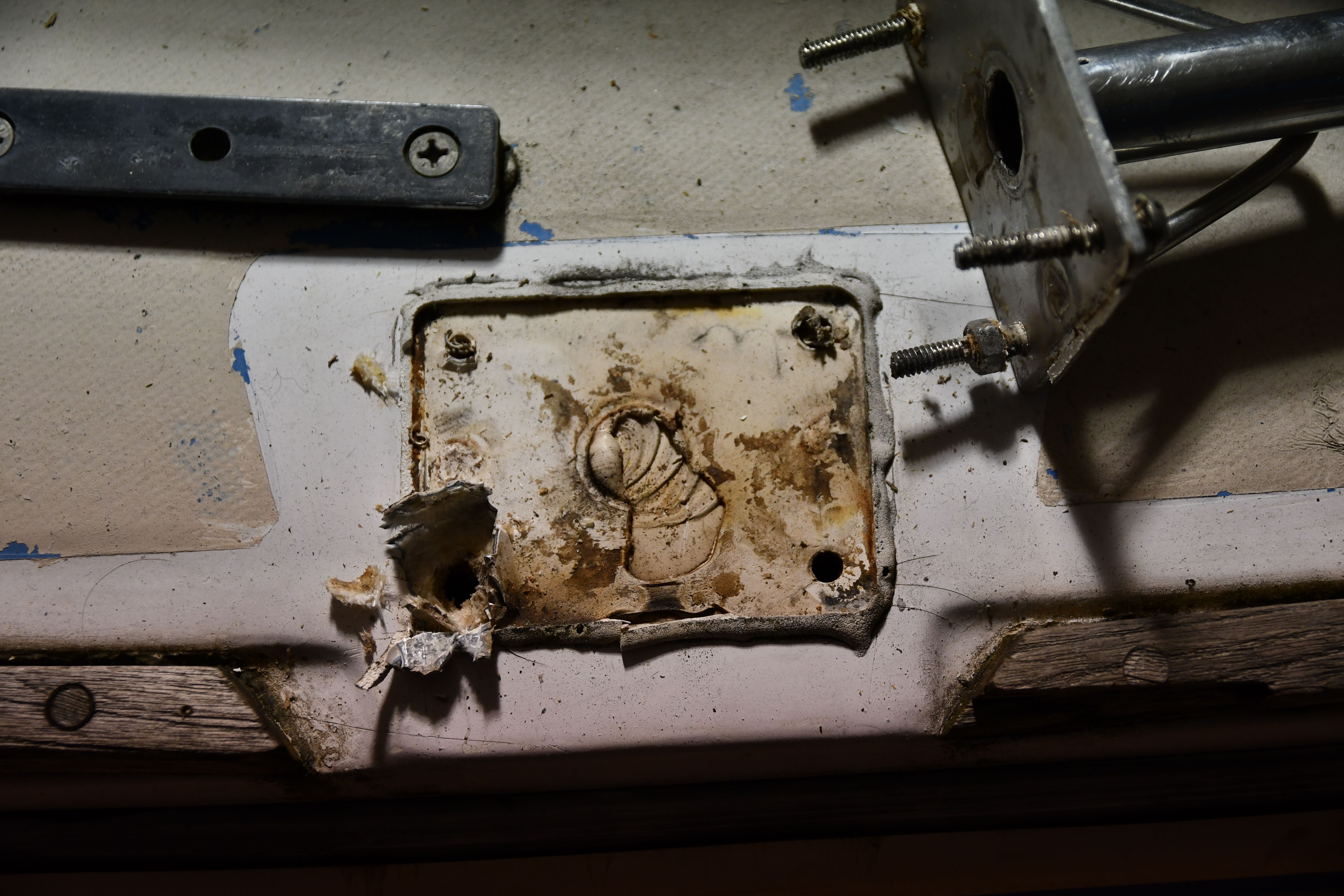
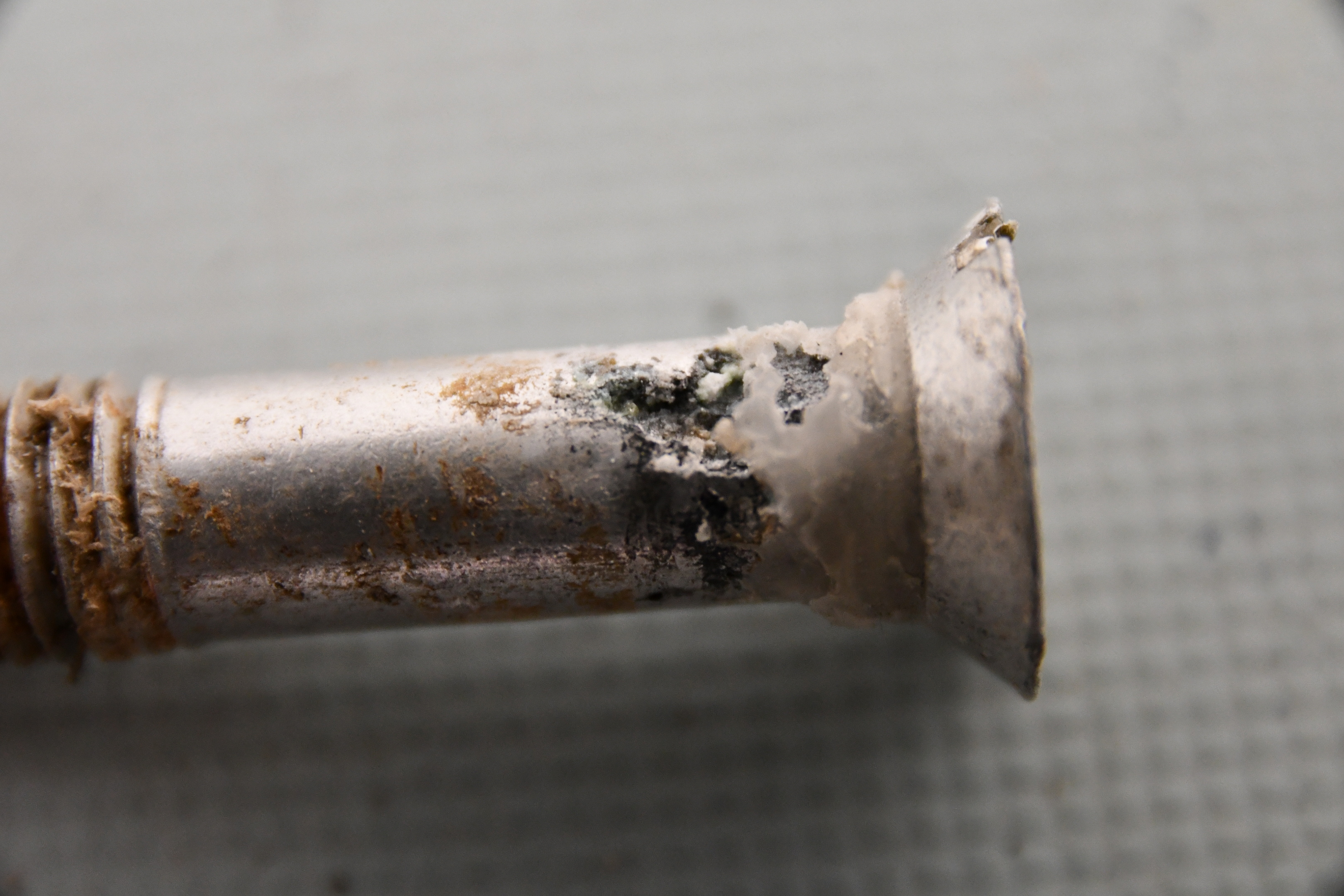
A really important part of owning a sailboat is being able to inspect the hardware. Crevice corrosion in stainless steel fittings is super dangerous and hides itself rather well. General corrosion is also an issue and this little O’Day had both in spades. Lots of the bolts were corroded to the point where there really wasn’t a nut left. Some were suffering from crevice corrosion. Then there was the lack of access to certain areas due to the head liner in the boat. Which made it impossible to reach the nuts on some of the stanchions. Fortunately and unfortunately O’Day didn’t add any backing plates to the stanchions so for the ones that the bolts were unreachable they could be just pulled out. This is also unfortunate because if a stanchion for a lifeline can easily be pulled out, well it can’t possibly keep a person on the boat. Which is their primary function. To put this back together as well I would have had to cut sections of the headliner in the boat.
Chainplates
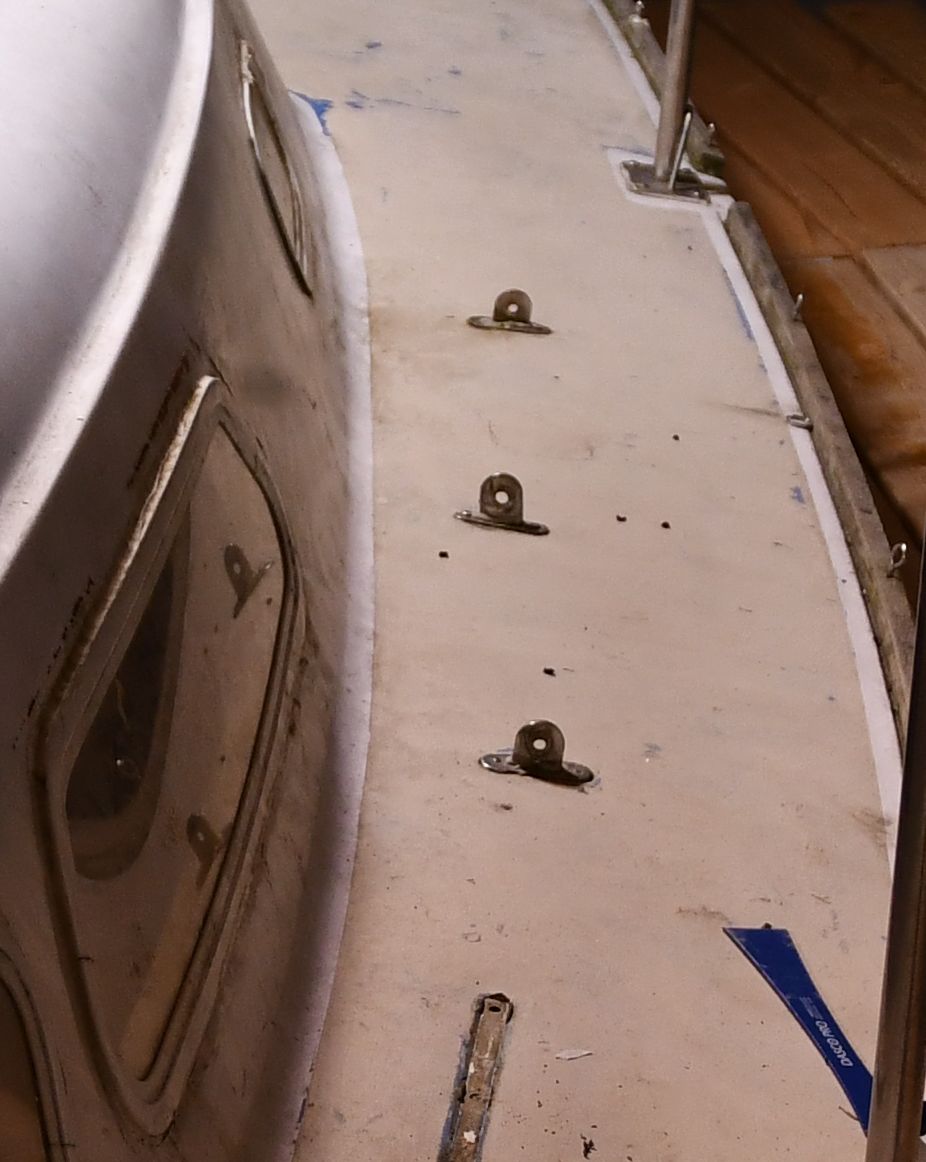
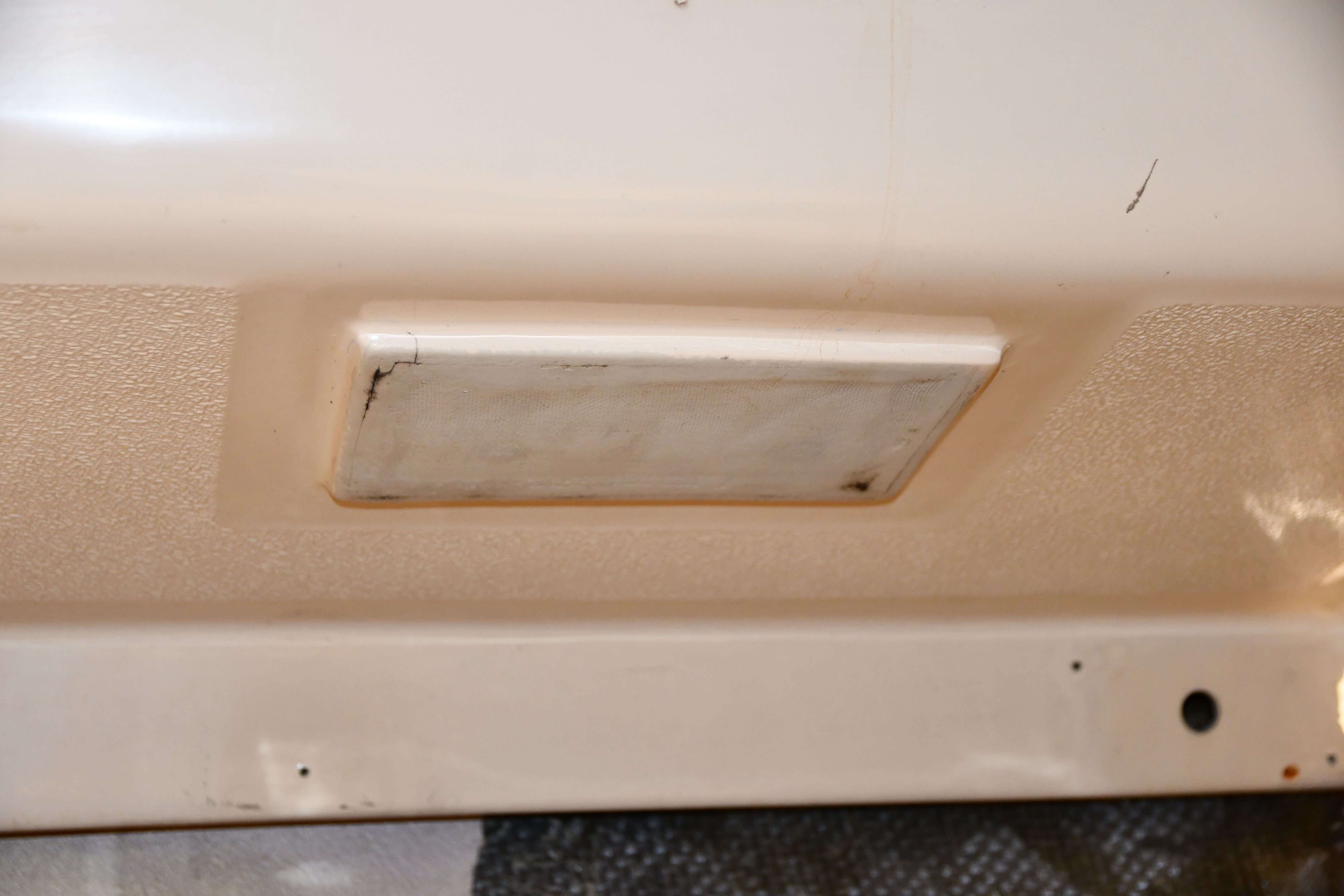
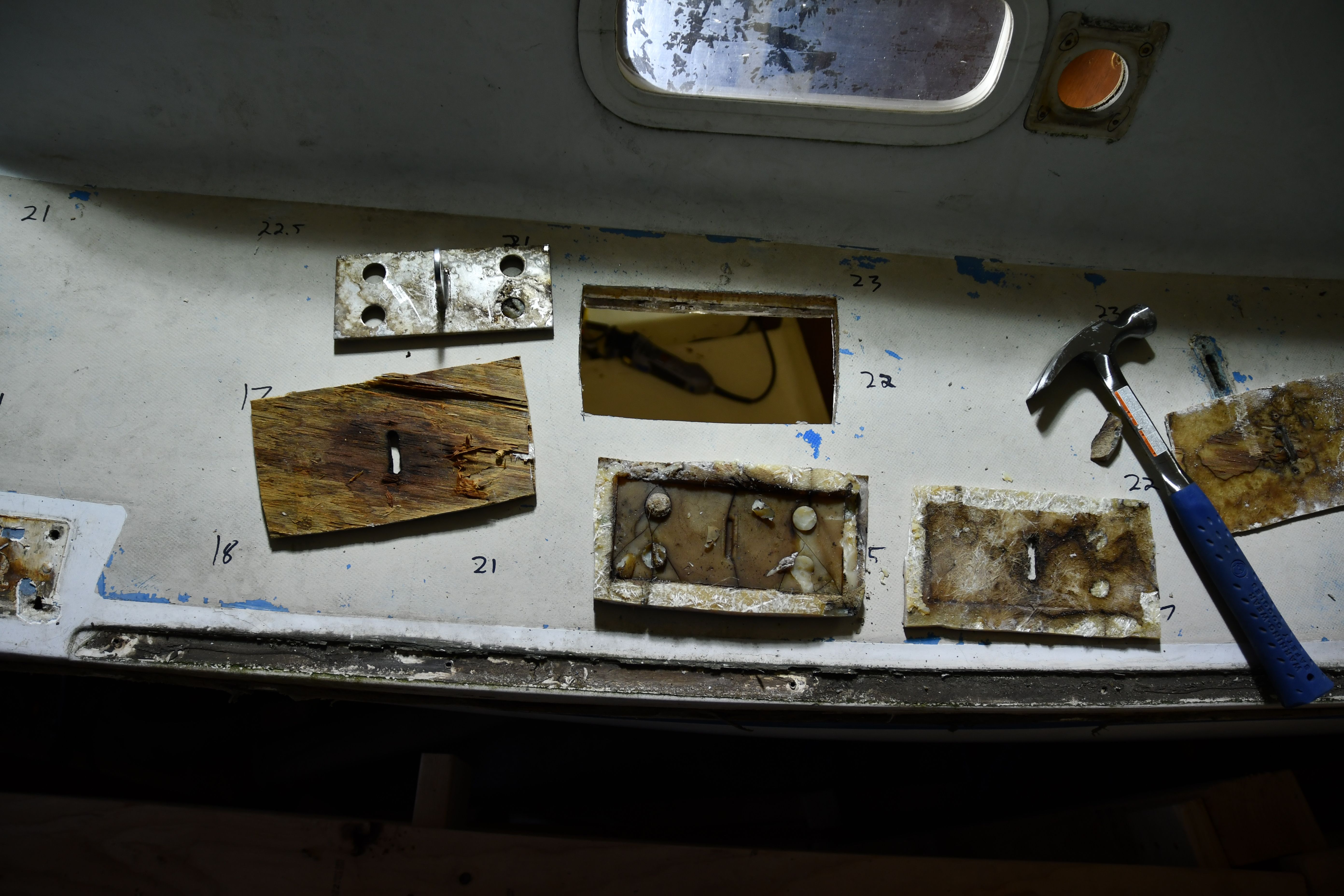
This O’Day has 3 shrouds on each side to hold the mast up. Those shrouds connect to chainplates that are secured inside the boat. Typically these chainplates are accessible on the inside of the boat and is the case for the center shroud. Both the forward and aft shrouds though are completely encased in fiberglass with a tang that goes right through the decks core material. To me this is a really terrible design. So it prevents the general inspection of the chainplates. It also leaves the chainplates susceptible to crevice corrosion. There is also the issue of the deck core material rotting out because it wasn’t protected where the chainplate penetrated that area. Since these O’Days are around 50 years old now, it would be pretty certain that there are going to be issues with this spot. At this point I would avoid a sailboat design that makes the chainplates excessively difficult to access. Like even outside of this O’Day it is pretty common that they get cabinets built around them in such a way that you have to be cutting into places to even be able to see the chainplates. There is still going to be the issue that even if you can see the chainplates, the section that passes through the deck could have issues. I would still rather have a chainplate that its deck penetration is the only real hidden spot.
So with this O’Day there isn’t a good way to resolve this issue with the chainplates. Basically I could have put it back together using some different core material and seal the chainplate with epoxy. Could reinforce the area and leave the chainplate accessible from below. I could also move the chainplates out to the hull, but that would require a lot of recalculating the rigging that would likely impact the sailing performance. It was something that I just left for the time being and was spending time mulling it over but ultimately became a moot point in the end.
Interior Removal
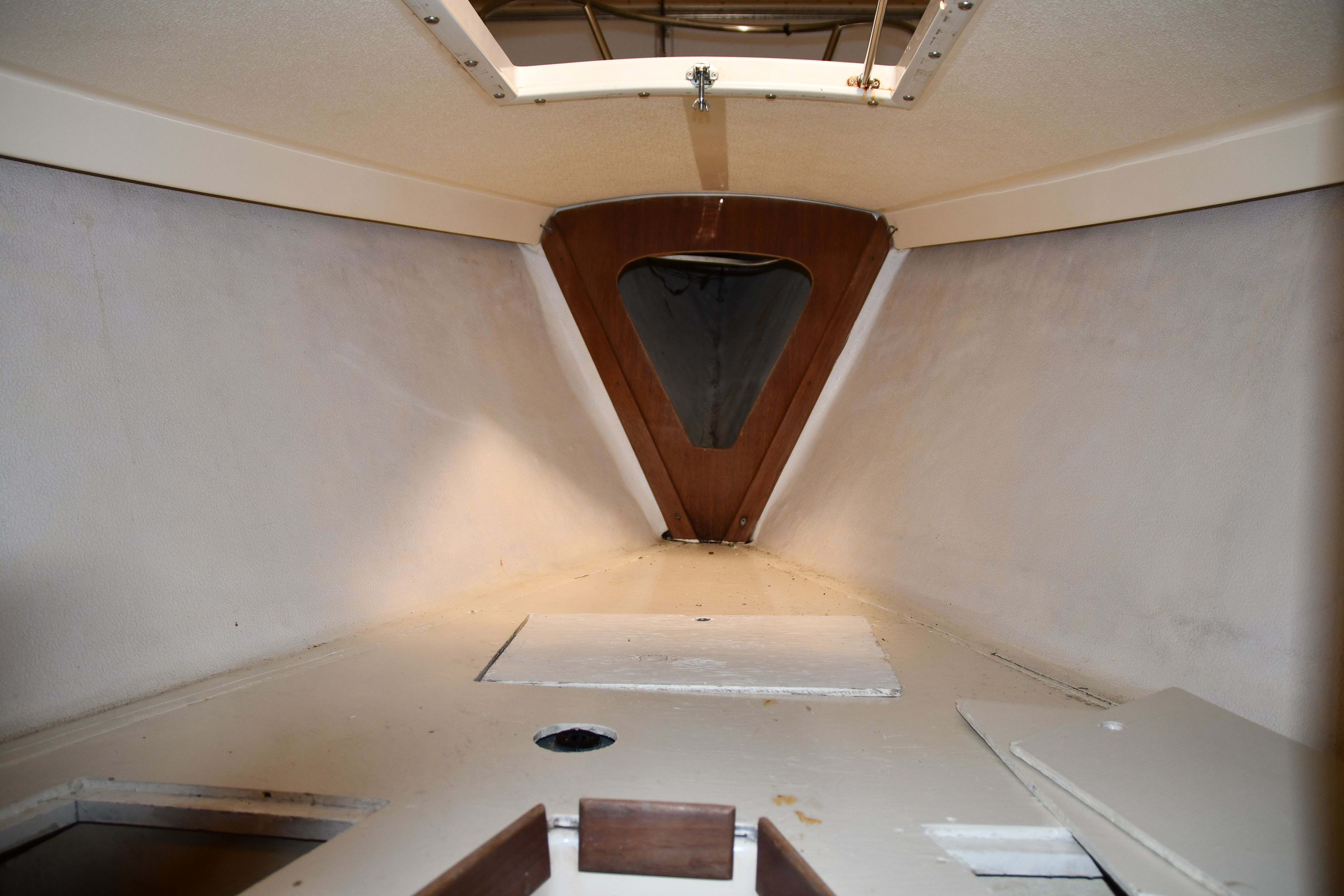
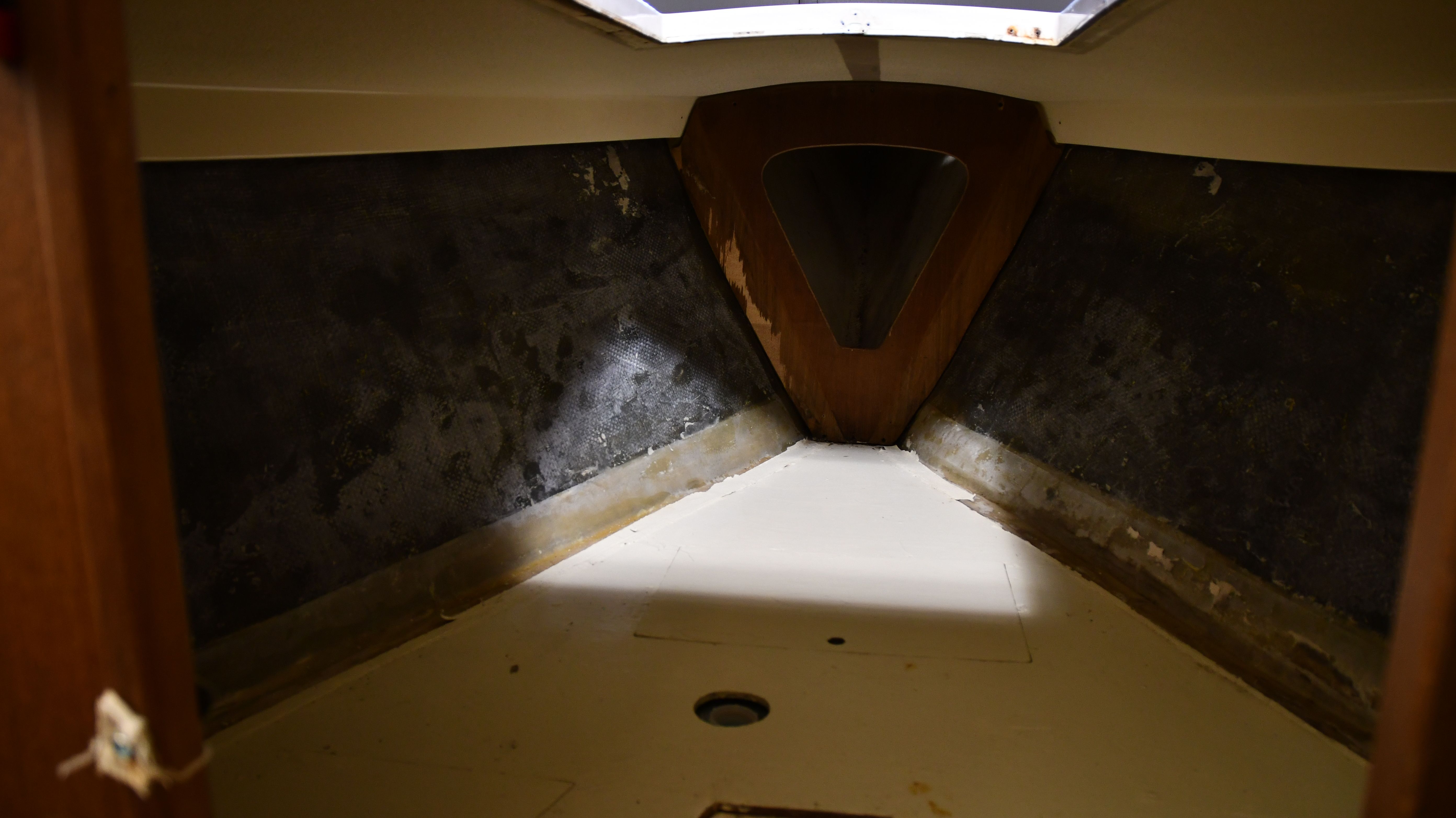
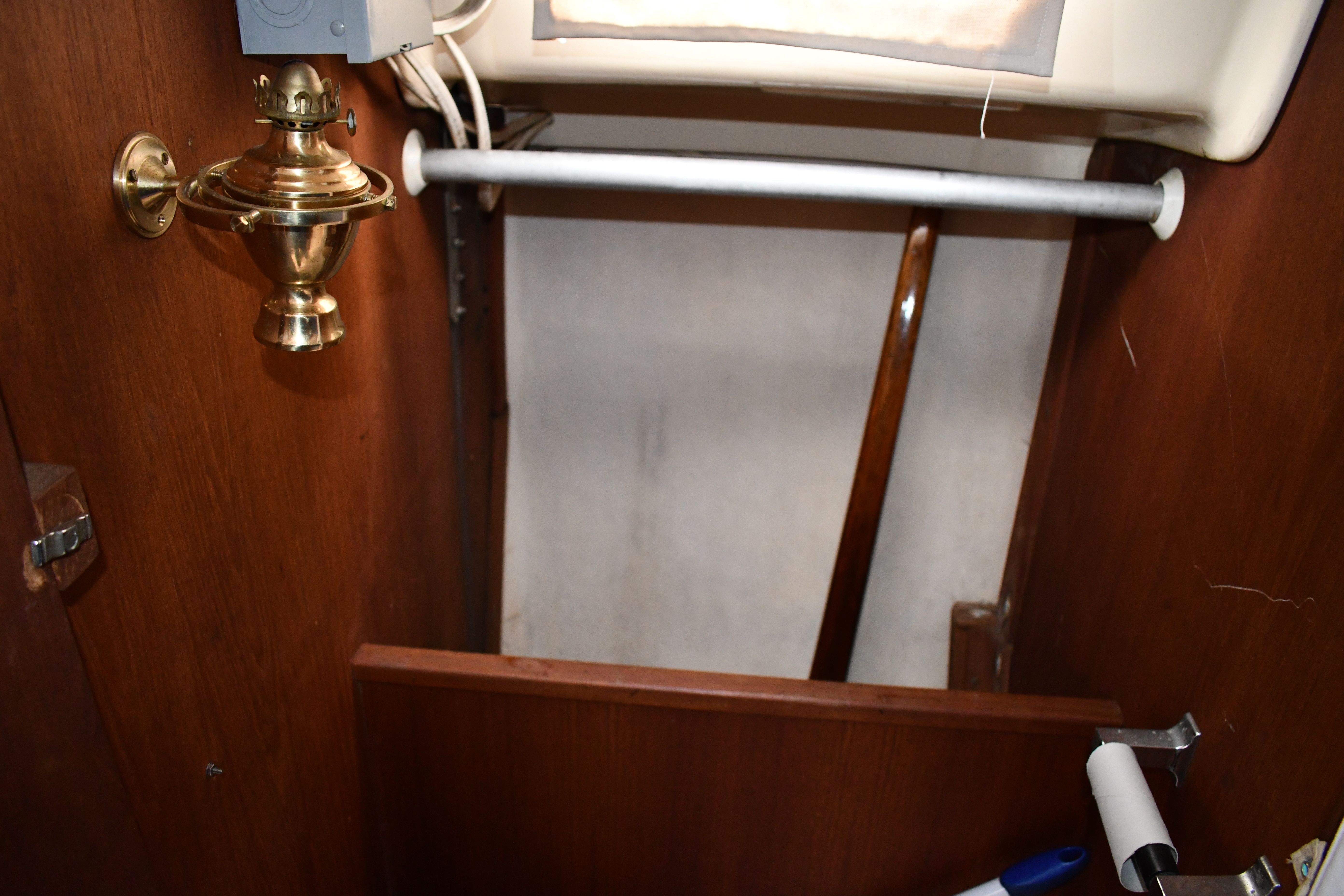
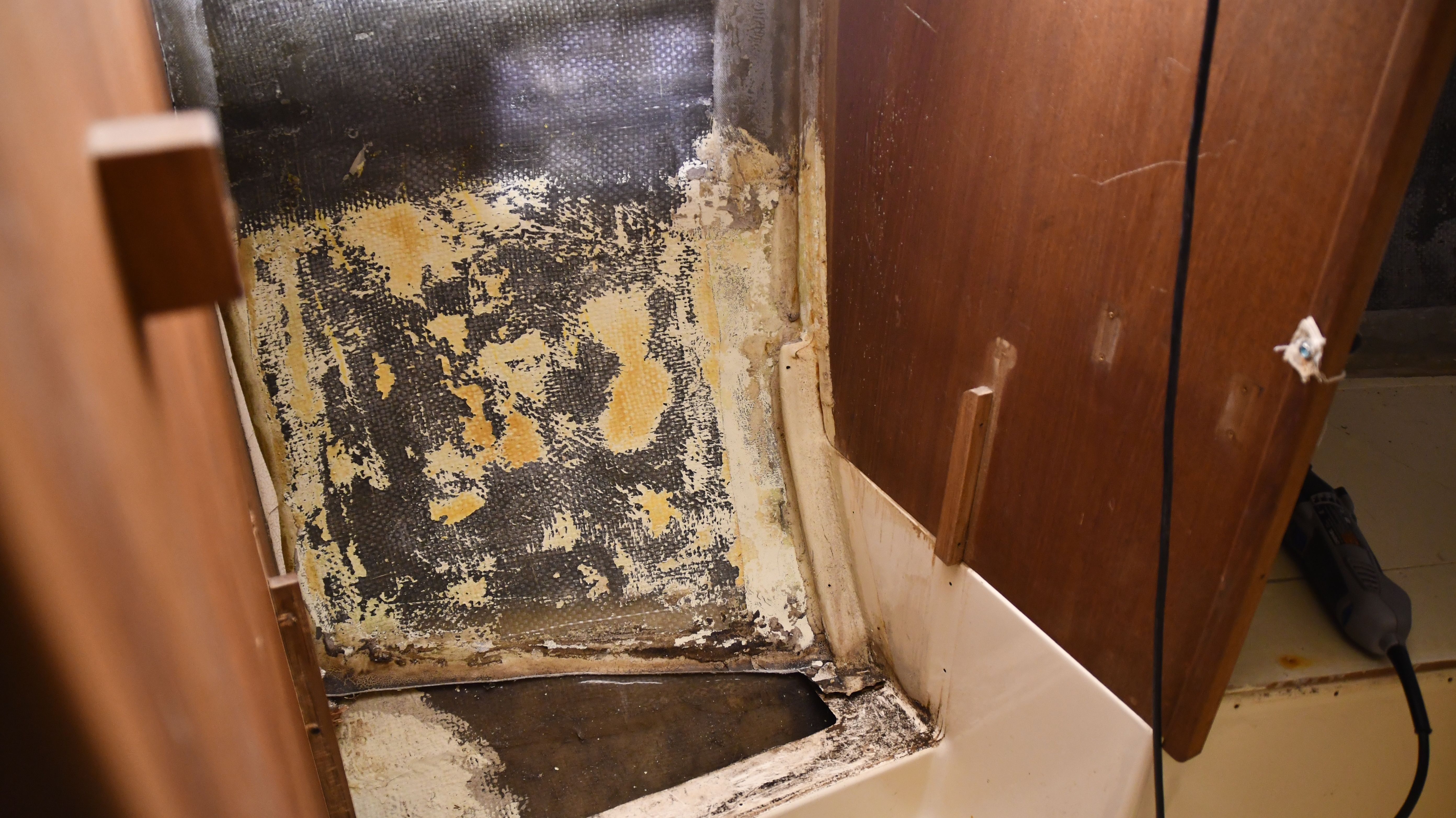
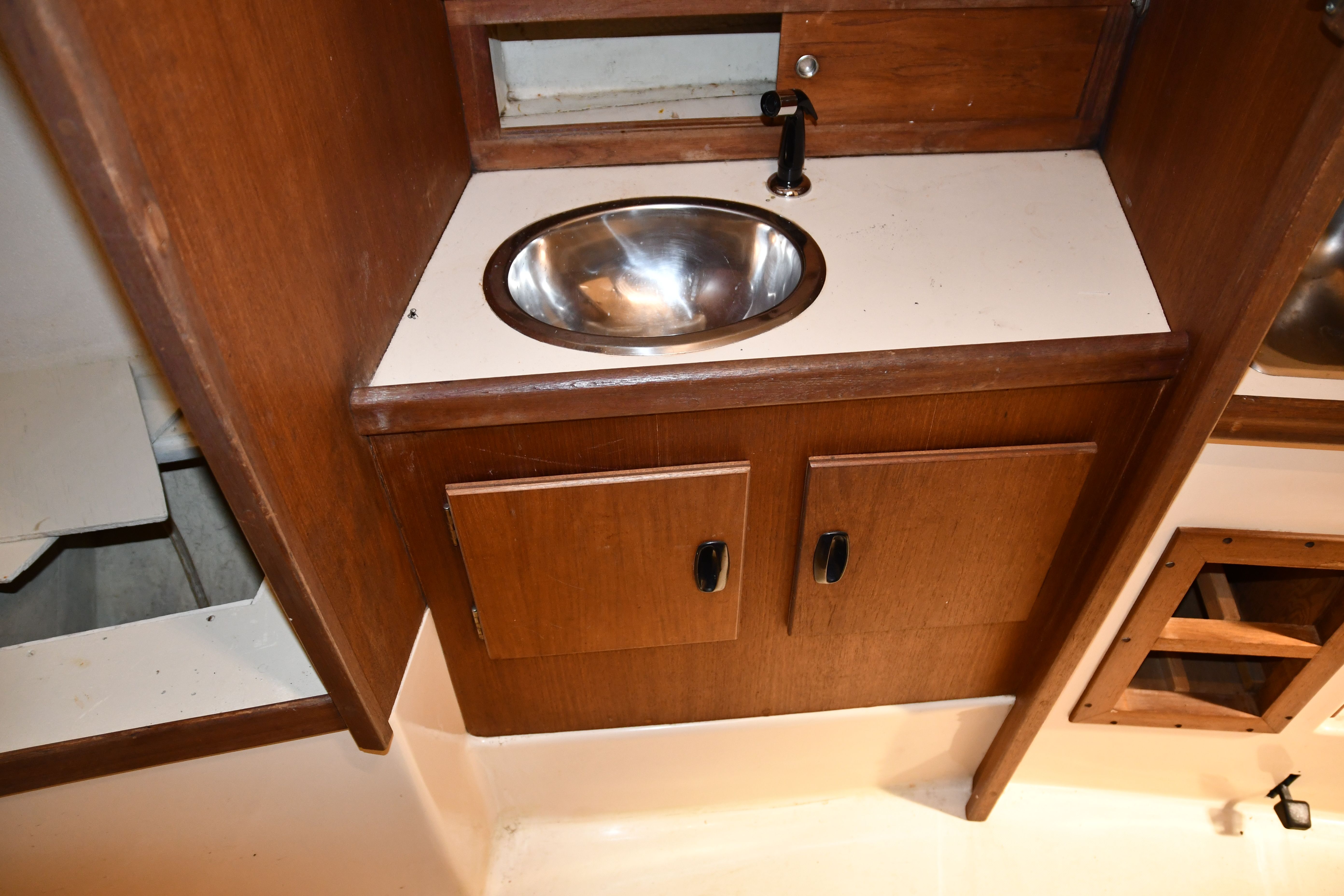
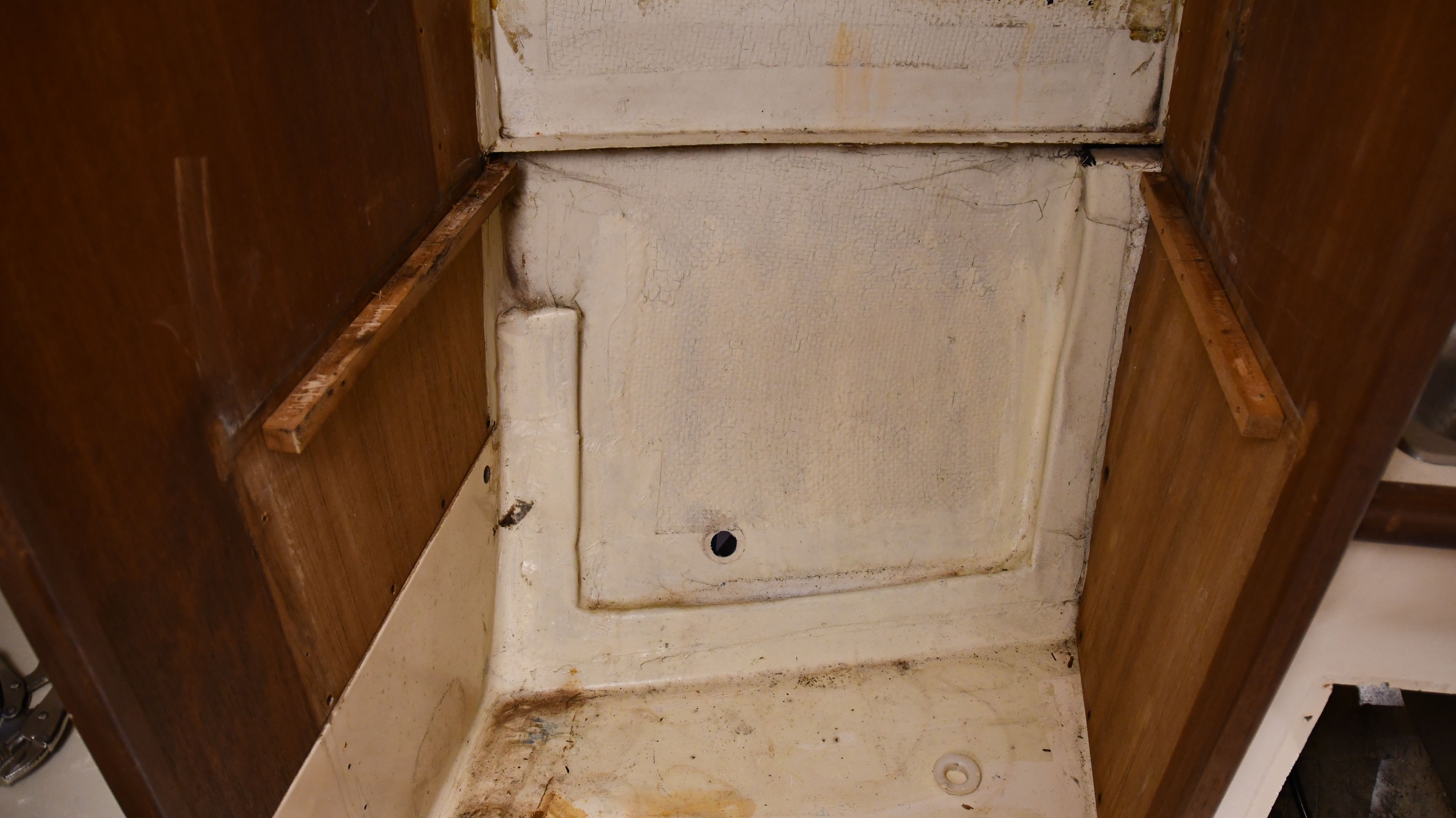
Another baffling design choice here is that the sink for the head and the sink for the galley were right next to each other. In way that it really made the sink for the head kind of just out of place. There seems to be this thing with boat designs and RV designs where the designers try to make it as home like as possible but kind of not really look at the space used on these smaller boats. A storage locker would have been way better in the spot for the head sink. I was planning on redoing a lot of these areas so I cleaned them up and removed a lot of this stuff. The O’Day also had a glued on liner on the hull which was in not so great shape. I wasn’t sure what I was going to do to replace it, but I couldn’t leave the current liner in the way it was.
Twisted Bulkhead
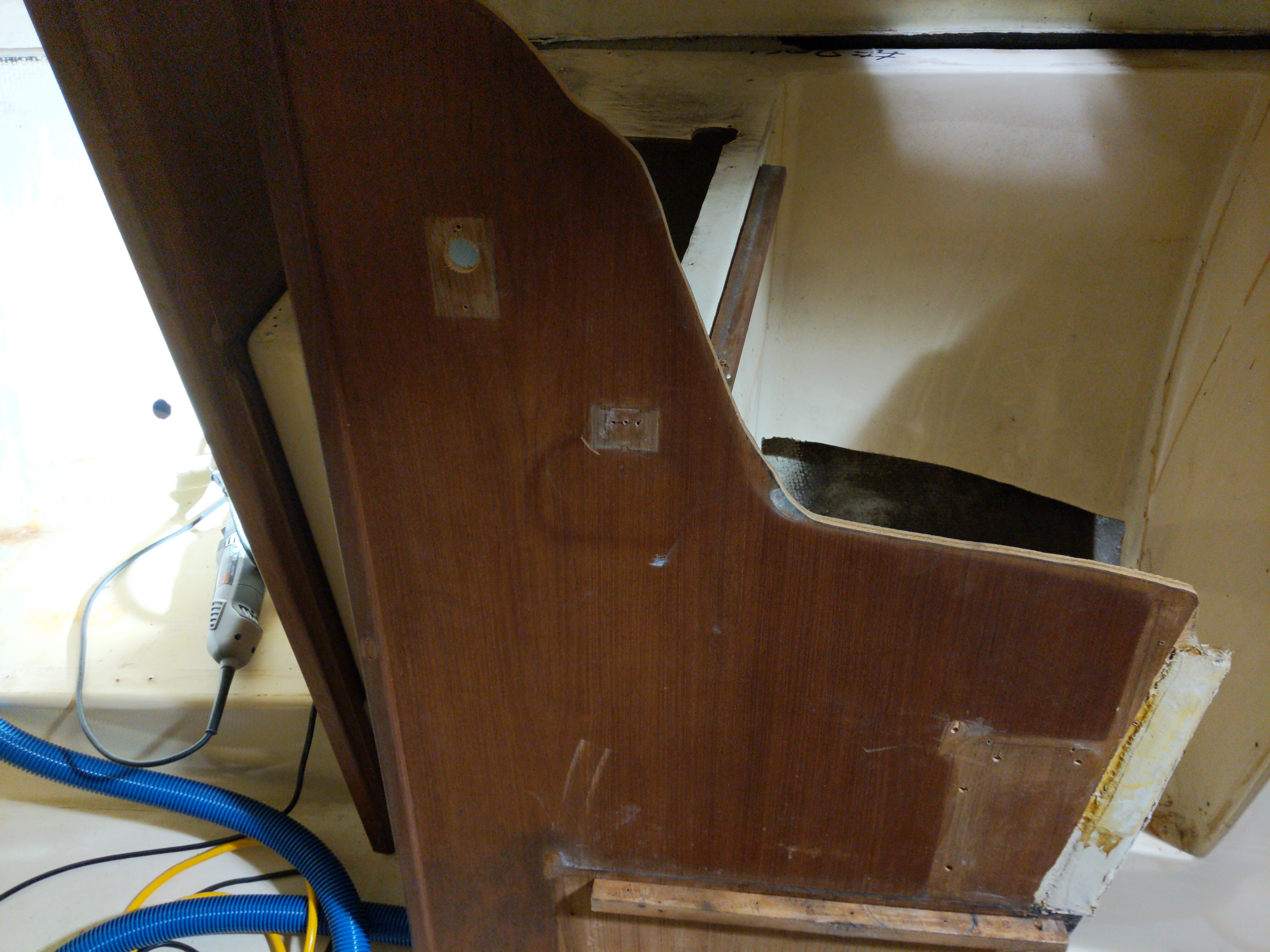
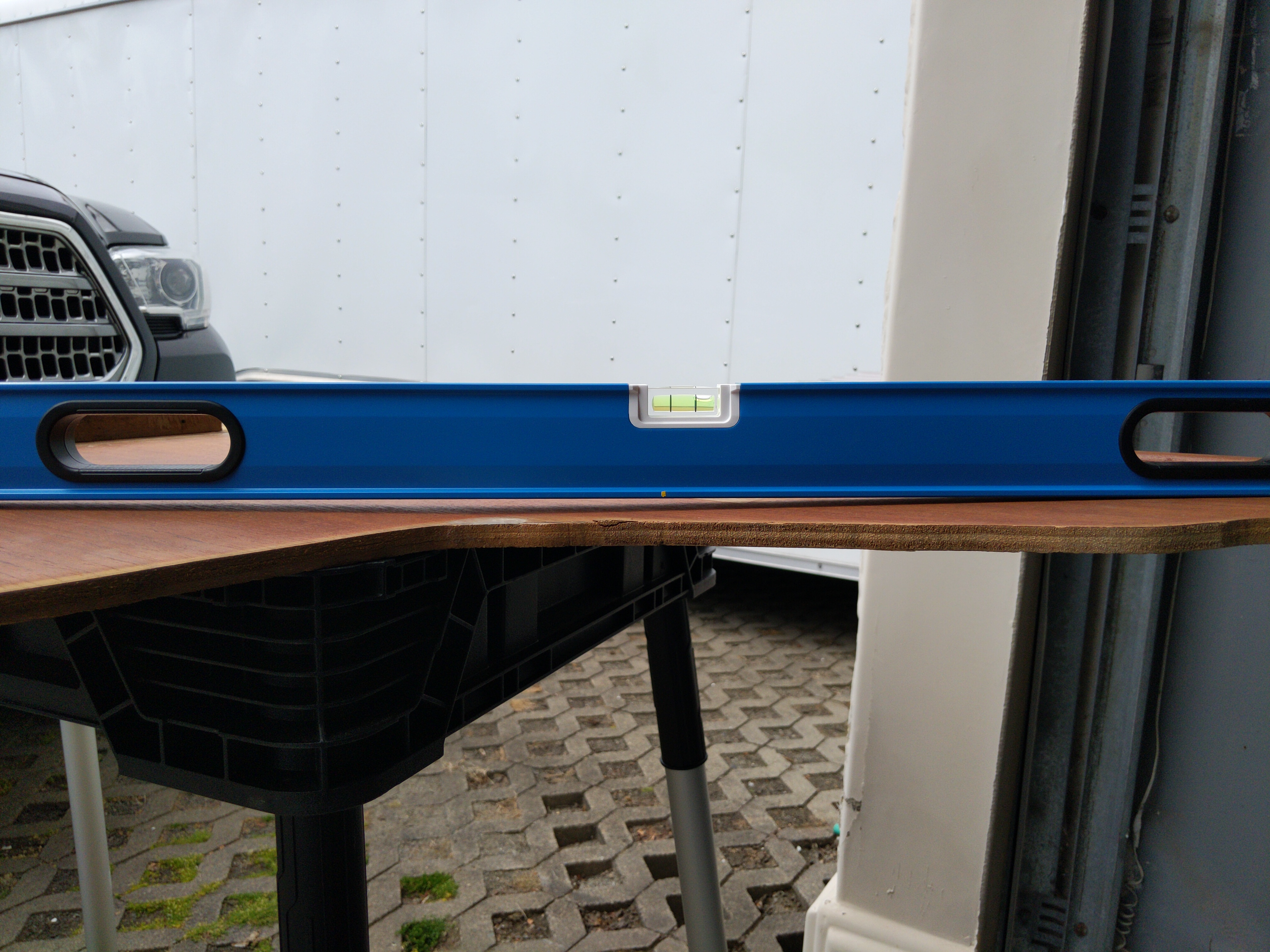
There was an odd issue I found with the bulkhead on this boat. All of them seemed to be a bit warped and twisted in a particular way. Like it was done at the factory and not so much from how the boat was sitting, but I could have been wrong. When I removed the pictured bulkhead I realized it wasn’t really contributing much if anything to the overall strength of the boat. The tabbing was pretty minimal just to basically keep it in place but it was floating in channels in the liner. I felt the only reasonable way to deal with this would have been to cut out those sections of the liner and glass the bulkhead directly to the hull. This probably would have been the appropriate fix for this. At this point though it is getting to be a pretty big toss up of just cutting the entire liner out and basically redesigning the entire interior. Which could have been done and I could have ended up with a very solid little world cruising 27ft O’Day. I do have a ton of respect for those that choose this option of reinforcing and improving an existing boat to do the sailing they want.
The Decision
At this point I have had the boat for about 10 months, which in the grand scheme of doing refits really isn’t that long of a time. I came into a bit of a crossroads with this O’Day. I already purchased another sailboat that I was able to sail around on and was enjoying it. Also due to a variety of circumstances had the opportunity to move and was looking to do that. This culminated in my decision to get rid of the boat, trying to find someone that would take a boat mid refit would prove to be challenging.
Destruction
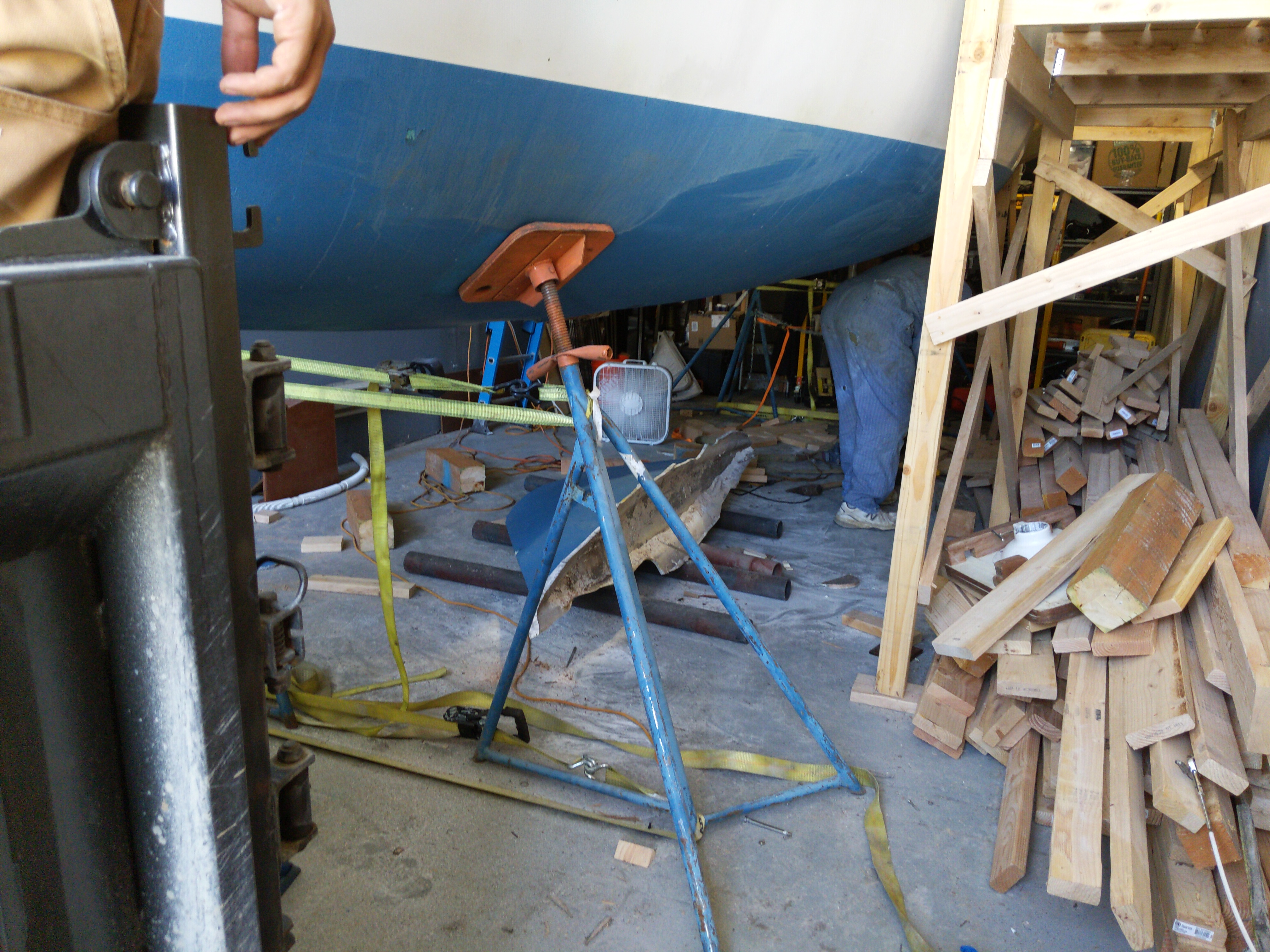
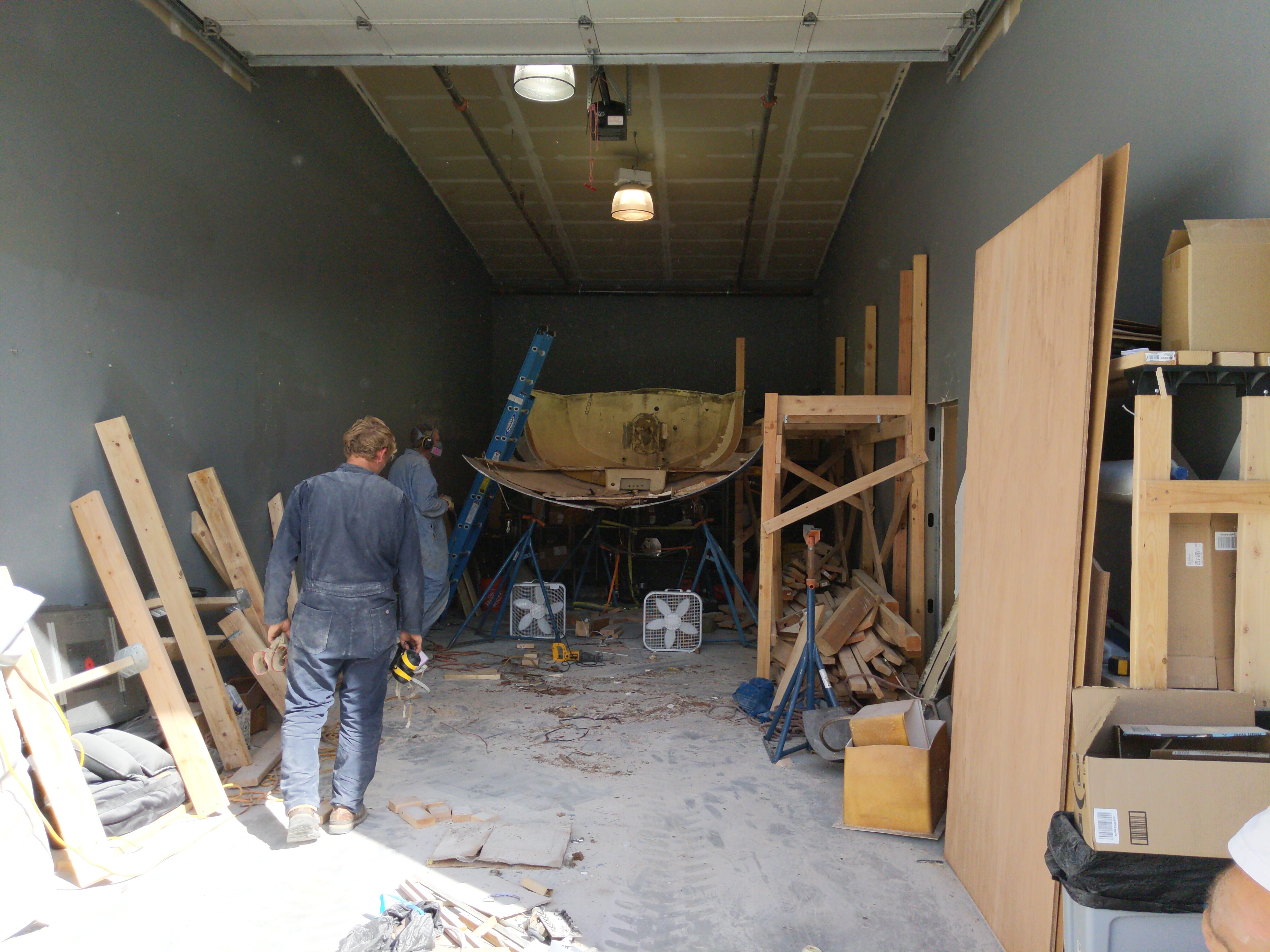
It is always sad to have to do this to a boat like this. It happens though frequently enough, just a variety of circumstances lead up to needing to scrap a boat. I managed to find some guys that would come and chop up the boat for the value of the lead in the keel. They did a good job and cut the boat to pieces and hauled it all away. They got around 2000lbs in lead, which was great for them.
Summary
The O’Day is probably a fine protected water type sailboat. If I were to ever own one again I would make sure to aggressively get at the chainplates. That design was probably fine when the boat was commissioned and probably fine for a big part of the life of it. Unfortunately without being able to really access it on a 50 year old boat though would make these ones a general pass for me. It was a great learning experience, though not one I’d recommend for someone just getting into sailing..
